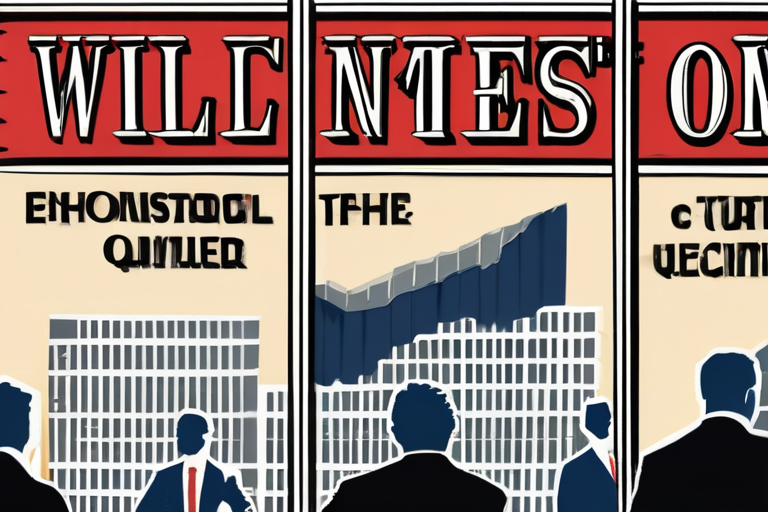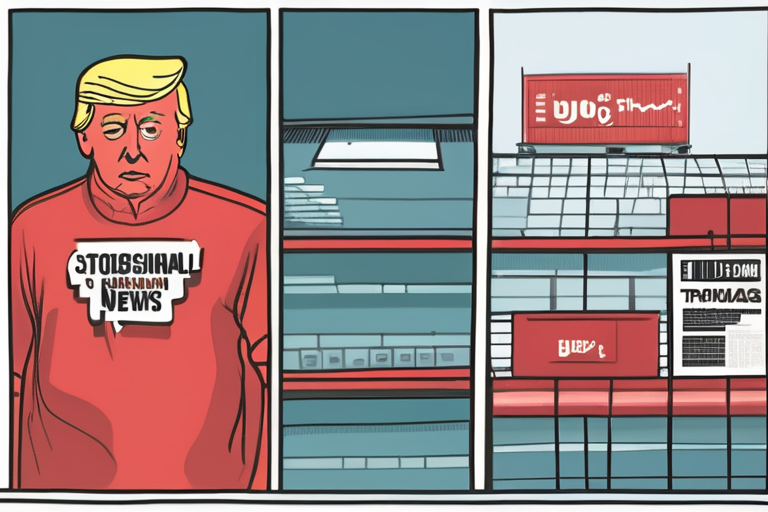Oil prices advanced for a fourth consecutive day after the Organization of the Petroleum Exporting Countries (OPEC) and its allies announced plans to pause output increases in the first quarter of 2026. The decision came as the group revealed it would raise production by approximately 137,000 barrels a day in December, matching increases scheduled for October and November.
According to market data, Brent crude rose above $65 a barrel in its longest streak of gains since late September, while West Texas Intermediate (WTI) was near $61. This development marked a significant shift in the global oil market, as OPEC's decision to pause output hikes is expected to impact global supply and demand dynamics.
In terms of financial details, the modest hike in production for December was in line with expectations, with many analysts predicting a continuation of the recent trend of gradual output increases. However, the decision to pause output hikes in the first quarter of 2026 sent a strong signal to the market, with oil prices responding positively to the news.
The market impact of OPEC's decision is multifaceted, with implications for both producers and consumers. On one hand, the pause in output hikes is expected to provide some relief to oil-producing countries, which have been grappling with declining production levels in recent years. On the other hand, the decision may lead to increased prices for consumers, particularly in regions with high dependence on imported oil.
In terms of company background, OPEC is a cartel of 13 oil-producing countries, including Saudi Arabia, Iraq, and Iran. The group's decision to pause output hikes is significant, as it reflects a shift in the global oil market towards a more balanced supply and demand dynamic. The move is also expected to impact the fortunes of oil majors, such as ExxonMobil and Chevron, which have been investing heavily in exploration and production activities.
Looking ahead, the future outlook for the oil market is uncertain, with many factors influencing global supply and demand dynamics. However, the decision to pause output hikes in the first quarter of 2026 is expected to provide some stability to the market, with oil prices likely to remain range-bound in the short term. As the global economy continues to navigate the challenges of climate change and energy transition, the oil market is likely to remain a key focus area for investors and policymakers alike.
In conclusion, OPEC's decision to pause output hikes in the first quarter of 2026 is a significant development in the global oil market, with implications for both producers and consumers. While the move is expected to provide some relief to oil-producing countries, it may also lead to increased prices for consumers in the short term. As the market continues to evolve, investors and policymakers will be closely watching the developments in the oil market, with a focus on the implications for the global economy and energy transition.


























Share & Engage Share
Share this article